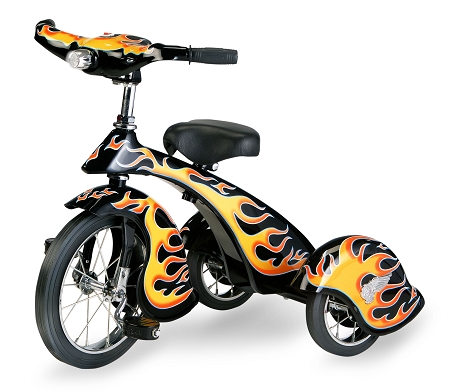
Invest in flexibility
30/04/2017
Recently while looking at my bank statement, I studied the few dollars that were coming in and going out as harmoniously as the ocean tide from morning to night. I took particular note of how the large majority of my payments were going to service-modelled systems. Utilising car/bike sharing I pay for the mileage I do. Eating on-the-move often I pay for food as I need it. Living flexibly, I pay for rent month by month - today I could be paying that rent in Milan, tomorrow in Munich. Being an overbearingly forward-thinking person, this realisation implored me to think about what this fluid stream of money, always running low and being rebuffed month by month, meant for my ability to invest for the future. This thought lead to the following hypothesis.
Future and current generations are going to invest their money in a new way; people will no longer invest in traditional high-cost items such as houses and cars, but rather invest their money in a way that will be synchronous with the increasingly popular service mechanism of paying “as-you-go”. Below I'll take you through my analysis and rationalisation process, which I have developed to further explain my hypothesis.
What categorises the following three items?
(Subjectively ordered left to right by ridiculousness - a car, a bike and a house)



Answer
Being ridiculous examples of the things that they represent.
Real Answer
They are all items with a decreasing purchase appeal due to the shared economy: why spend big bucks on buying a car, when I can use an incredibly cheap and effective car sharing service.. I can't afford getting into the housing market AND I want flexibility so why wouldn't I just rent.
These services and this way of paying for things is continuing to take over, and why?
It is starting to make more sense financially & logistically for millennials to sign-up for a no-strings-attached, pay-as-you-go scheme that allows for the flexibility required by their lifestyles.
Now, once more, what else categorises the following three items?
(Objectively ordered left to right by perceived value in modern capitalist history)



Answer
They are all traditional investment items.
What does this mean?
If the items I refer to above represent both traditional investment items but also items that are being purchased less by the millennial generation then it's clear that the way in which we invest our money is going to be, and already is being, disrupted.
The insight from this reasoning is reflective of my original hypothesis. Furthermore, I'd suggest that the direction that the mechanism for investing will synchronously evolve to match the pay-as-you-go model, and in turn will be referred to as invest-as-you-go.
Unfortunately for me, I was not the first to endeavour down this path of reasoning. Many young startups such as Acorns have had a lot of success by investing (mind the contradiction) in this new mechanism. Acorns, who I use purely for the sake of an example, takes a small amount of money directly from your bank account (either a fixed amount or the spare change you have rounded up from small purchases) and invests it in the stock market. This concept offers the flexibility & no-fuss values that are so pertinent to the millennial generation that I believe will become the norm in the years to come.
In conclusion
It's interesting to think about how changing values and desires of the incoming generations, paired with the unbounded technological advances of our times can come together to entirely disrupt even some of those industries that have long been perceived as indestructible.
References